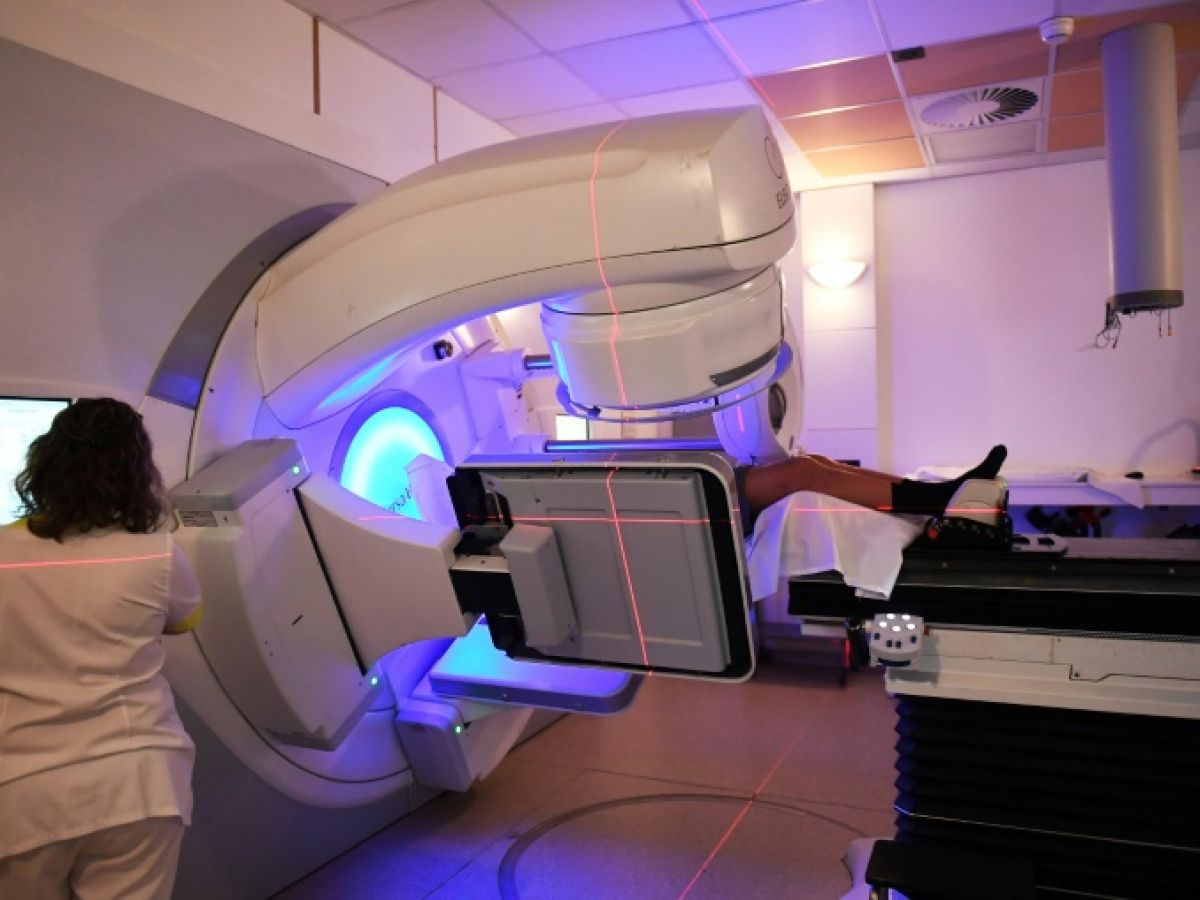Injecting radioactive components into the body that will directly destroy cancer cells. This approach still has only a small place in the arsenal of cancerologists, but it appears increasingly promising and the pharmaceutical industry is now investing billions of euros in it.
These radioactive drugs are "in the air of the times," financial analyst Jamila El Bougrini, a specialist in the pharmaceutical sector, told AFP.
A recent transaction between two French giants is a testament to this. Announced in mid-October, a partnership will bring together the pharmaceutical group Sanofi and the nuclear specialist Orano, formerly Areva.

Having gone largely unnoticed, in a context where Sanofi is at the heart of a controversy surrounding the sale of its subsidiary manufacturing Doliprane, the announcement is somewhat surprising. What do drug companies and Orano's nuclear power plants have in common?
The answer lies in the very concept of nuclear medicine and, more specifically, of unique drugs. Orano is developing one of these through a subsidiary in which Sanofi will take a small stake for 300 million euros.
These drugs use radioactive components to destroy tumors. To do this, they are combined with a molecule capable of identifying typical markers of a cancer cell and, therefore, serving as a "vector" to carry the radioactive element straight to it.
The general principle is well known, as it is that of radiotherapy, which is already used to treat the majority of cancer patients. However, instead of emitting rays onto the person, the aim here is to directly target the cancer cells, with the promise of very high precision.
We therefore speak of "targeted" radiotherapy. In the broad sense, the concept has already been used for decades in cancerology since radioactive iodine is regularly used to treat certain thyroid cancers.
But the case of iodine is special, because it is naturally attracted to the thyroid and therefore does not require an associated "vector." However, in recent years, therapies have produced results by successfully combining a radioactive component and a biological vector.
And the pharmaceutical industry is following suit. The major turning point was the acquisition in 2018 by the Swiss company Novartis, for nearly four billion dollars, of a radioactive treatment, Lutathera.

"Before, no one was interested in our discipline," Francoise Kraeber-Bodere, a nuclear medicine specialist at Nantes University Hospital, admitted to AFP.
– Industry rushes –
However, Lutathera is limited to rare cancers of the digestive system. It was shortly after that Novartis opened a "mass market," in Ms. Kraeber-Bodere's words, with the $2 billion acquisition of another radiotherapy, Pluvicto, for certain prostate cancers, and the publication of positive data in the early 2020s.
Since then, pharmaceutical giants have been rushing in. In recent months, AstraZeneca, Bristol-Myers Squib (BMS), Eli Lilly, and, once again, Novartis have all paid billions of dollars to acquire biotech companies specializing in targeted radiotherapy.
The merger between Sanofi and Orano is the latest example of this turmoil. Has the French giant, which has also been criticized for its ability to innovate since its slow progress in developing a Covid vaccine, simply gone along with the flow?
"Sanofi's operation is not pioneering, but it places the group among the most advanced players in radiotherapy," says Ms. El Bougrini.

In fact, the drug developed by Orano, based on lead 212, belongs to a new generation of radiotherapies, based on so-called alpha particles.
These release more radioactive energy than beta particles, the basis of most existing therapies, but over a shorter distance. This therefore raises hopes for an even more selective mode of action.
It remains to be seen whether this promise will actually translate into convincing clinical results. Most alpha therapies have not yet been tested in large-scale trials, a step Orano is preparing to take.
While remaining cautious, specialists are optimistic: "The first clinical results tell me that it will be effective," says Ms. Kraeber-Bodere. "If someone had asked me five years ago, I would have said it was still a bit risky. Now I think we have to go for it."
